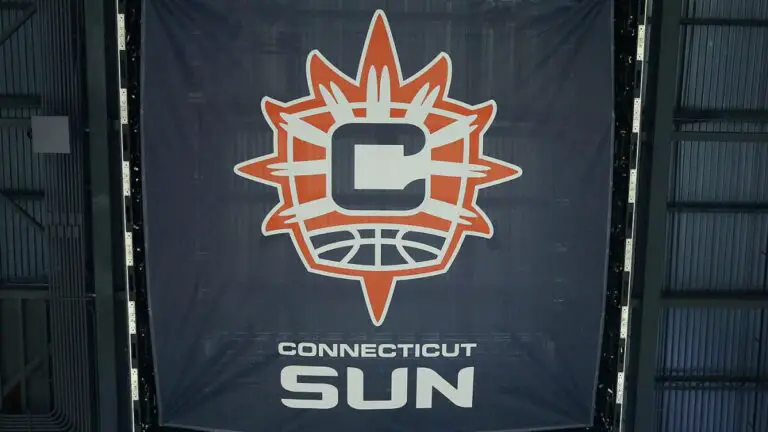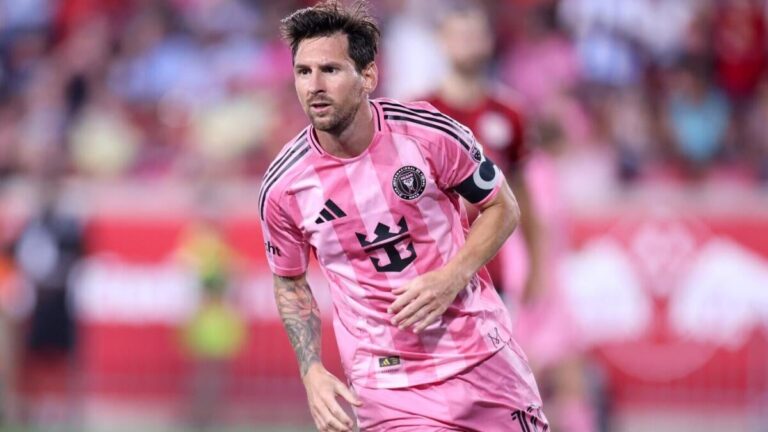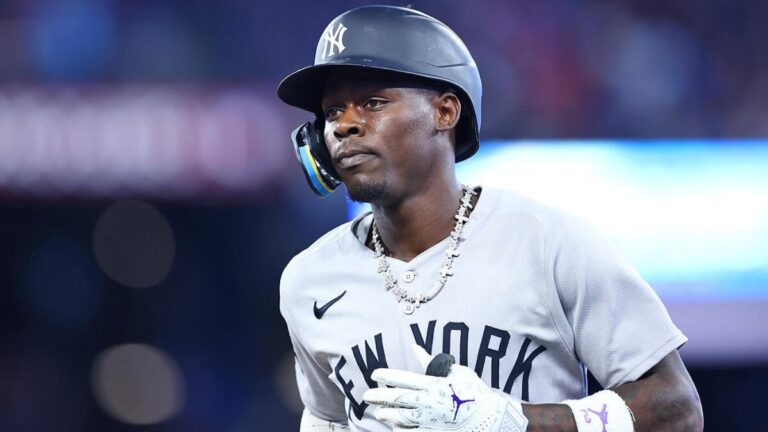
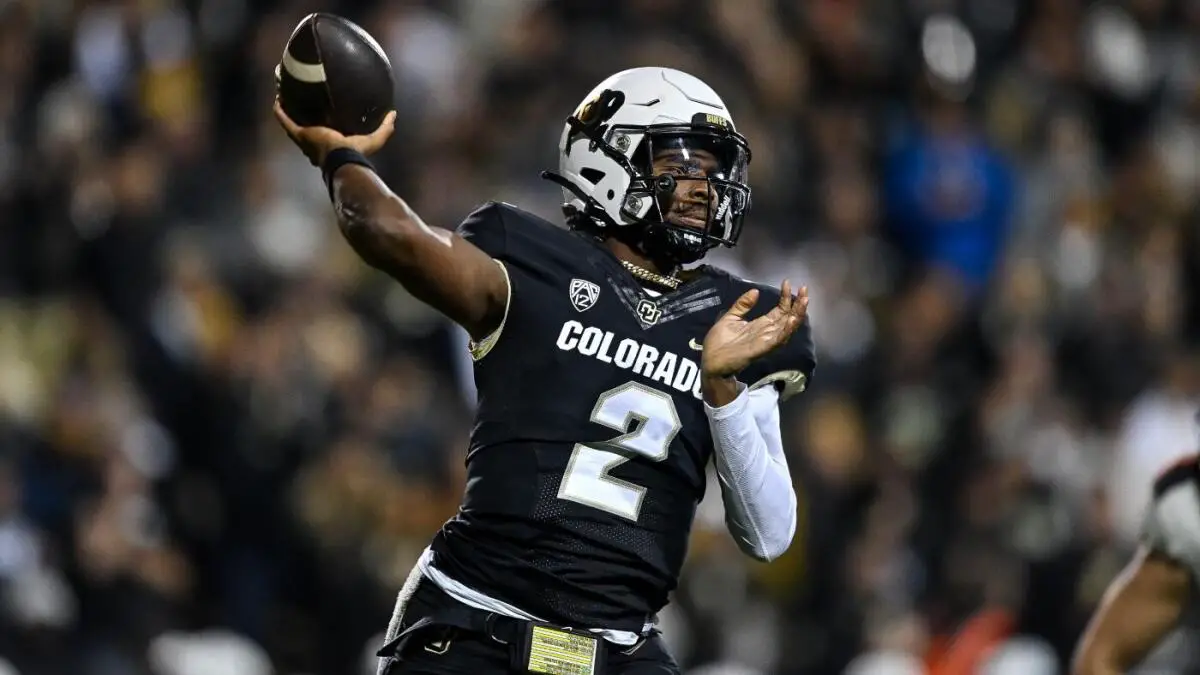
NFL Draft 2025: Each team’s most questionable pick, including Shedeur Sanders, Tyler Shough
NFL Draft 2025: Each team’s most questionable pick, including Shedeur Sanders, Tyler Shough
The NFL Draft is entertainment and, while everyone is programmed to rush to judgment, the reality is that the stories of these players will not be written for roughly another three years. However, there were some initial reactions regarding where players were selected, the process by which they were selected, personal philosophies and more.
Below, we go team by team taking a look at the choices that drew raised eyebrows:
AFC North
Bengals: LB Demetrius Knight Jr., South Carolina (Round 2, pick 49)
Knight does not do a good enough job disengaging blocks to suggest he will be a long-term starter. His comfort playing in space is not what one would expect of a second-round pick either. Cincinnati had a need at the position, but the South Carolina product was a bit of a reach.
Browns: QB Shedeur Sanders, Colorado (Round 5, pick 144)
Sanders was great value in the fifth round, but the vision does not make sense. Cleveland traded out of the opportunity to select Colorado two-way star Travis Hunter in exchange for a future first-round pick. The thought is that the organization will be looking to draft its quarterback of the future next year. The team ideally would have conviction on both rookie quarterbacks, including Dillon Gabriel, before potentially bringing in another young quarterback next April. It would be a weird situation to bring a first-round pick into. Plus, how would training camp repetitions be divvied up?
Ravens: LB Teddye Buchanan, California (Round 4, pick 129)
Buchanan has good size and the production had been there in his time with the Golden Bears but he did not look comfortable in coverage and the size did not always show up on tape.
Steelers: CB Donte Kent, Central Michigan (Round 7, pick 229)
There was not much room to poke holes in Pittsburgh’s draft class. Kent just happens to be the one I know least about. Oregon defensive tackle Derrick Harmon felt like a Steelers pick and there was an intentionality to bring more physicality to the roster with this seven-player draft class.
2025 NFL Draft: Determining which teams succeeded and failed in filling the most glaring need on their roster
Tyler Sullivan
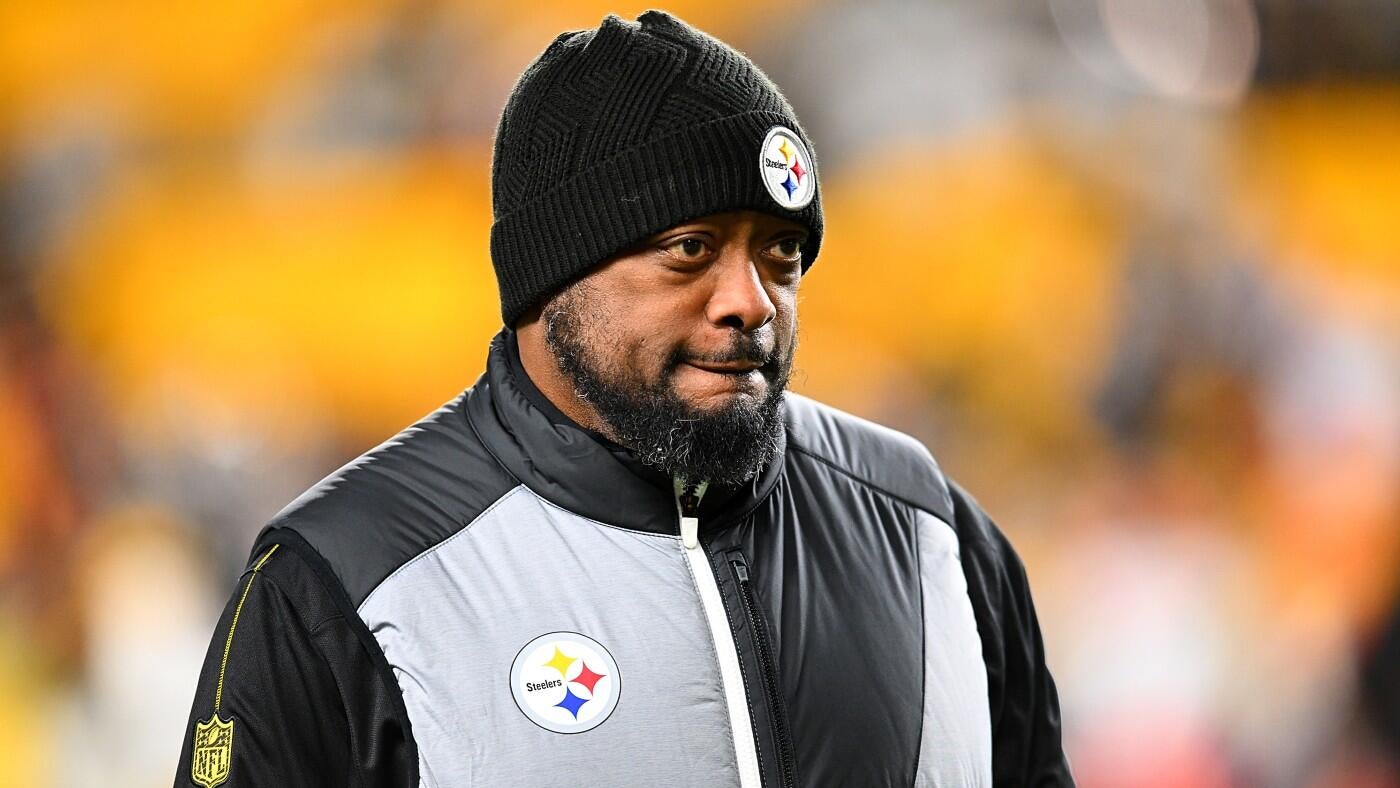
AFC South
Colts: CB Justin Walley, Minnesota (Round 3, pick 80)
Walley is a smaller cornerback with good ball production. He was more of a mid-to-late fourth-round pick in our aggregate rankings and I was the highest on him. The Colts were smart to continue investing in a position that has been a point of weakness requiring them to sign a top-dollar free agent.
Jaguars: CB Caleb Ransaw, Tulane (Round 3, pick 88)
Jacksonville head coach Liam Coen overlapped with Tulane head coach Jon Sumrall at Kentucky. To start for Sumrall, one must have a high threshold for instincts and physicality. Ransaw will likely eventually take over for Jourdan Lewis in the slot. It is easy to envision him being a key piece of that defense but it was just at a higher placement than he had been on our board.
Texans: RB Woody Marks, USC (Round 4, pick 116)
There were small reaches for the likes of Iowa State wide receiver Jayden Higgins and Minnesota offensive tackle Aireontae Ersery, but nothing egregious. Marks is an older prospect, 24, at the position with the shortest career longevity and Houston traded a future third-round selection to make it happen. Marks can be an impact performer this season but the process seems amiss.
Titans: WR Chimere Dike, Florida (Round 4, pick 103)
Tennessee used free agency to upgrade the offensive line, which meant that the draft was necessary to fill some needs among the skill-position groups. Dike offers value as a returner but where had his production been until this past season? His 7.2% career drop rate, according to TruMedia, is above the generally acceptable average.
If someone had told me the draft positions of Stanford’s Elic Ayomanor (No. 136 overall) and Dike were switched, that would have made more sense.
AFC East
Bills: TE Jackson Hawes, Georgia Tech (Round 5, pick 173)
Hawes is predominantly a blocker, so the usage of a fifth-round pick on that role may be a little rich. As far as roster building is concerned, he does make sense as a potential off-ramp to Dawson Knox’s contract. The Bills did a good job finding value throughout the draft.
Dolphins: DT Kenneth Grant, Michigan (Round 1, pick 13)
Grant will no doubt elevate the team’s run defense but he brings little to the table in regards of pass rush, which resulted in a much lower placement in my rankings. The nose tackle types in this class did seem to go higher than consensus in this draft and the Dolphins were probably the reason for it. The approach to take not one, not two, but THREE defensive tackles was smart.
Jets: WR Arian Smith, Georgia (Round 4, pick 110)
Smith is fast but speed does not matter if the player does not first catch the ball. His 11.6% career drop rate, according to TruMedia, is twice as high as an acceptable amount. For the second consecutive year, New York is ignoring a pretty big red flag related to its wide receiver selections.
Patriots: LS Julian Ashby, Vanderbilt (Round 7, pick 251)
New England did a really good job staying true to its board, finding prospects who fit its play style and addressing positions of need. There were no issues with the team’s draft until the seventh round, so these are the pickiest of nits. Long snappers are not often drafted, so Ashby must be a solution in that role for several years.
AFC West
Broncos: WR Pat Bryant, Illinois (Round 3, pick 74)
Bryant has good size and is possessive of the football when it is thrown in his direction. However, his long speed was below average at the NFL Scouting Combine and the route-running is not precise enough to overcome that limitation. Bryant has been highly-productive in his collegiate career.
Chargers: DT Jamaree Caldwell, Oregon (Round 3, pick 86)
Caldwell is a wide body who should immediately contribute to the run defense but middle of the third round felt too early for a player who does not bring a lot of pass rush to the table. If given one guess as to which coach took Caldwell in the third round, it probably would have been Jim Harbaugh though.
Chiefs: EDGE Ashton Gillotte, Louisville (Round 3, pick 66)
The Chiefs’ draft was a personal favorite as they found good value and players who fit their schemes throughout the draft. Gillotte is a scheme and culture fit for Kansas City but he was taken earlier than projected.
Raiders: OG Caleb Rogers, Texas Tech (Round 3, pick 98)
There were several teams where it was difficult to pinpoint one selection with which I took issue but that was not the case with the Raiders. Beyond Ashton Jeanty and the Day 3 defensive tackles, there was not much that stood out about Las Vegas’ draft class. Rogers is a big body who tested well and played multiple positions for the Red Raiders. However, he was more in the range of a fifth-round pick in our rankings.
NFC North
Bears: LB Ruben Hyppolite II, Maryland (Round 4, pick 132)
Hyppolite is an undersized linebacker who blew up after testing well at his pro day but the production did not match the athletic potential. Hyppolite can be an immediate contributor on special teams but it is difficult to pin down where he could help on defense. The fourth round seemed too early for that type of project.
Lions: WR Isaac TeSlaa, Arkansas (Round 3, pick 70)
There was a time when I was higher on TeSlaa than the consensus, then the Lions not only took the player higher but also traded away valuable draft resources to take him at that spot. TeSlaa is a bid body with plus speed and only modest statistics since transferring to the SEC from Hillsdale College.
Packers: OT Anthony Belton, NC State (Round 2, pick 54)
Belton is a good player who was worthy of Top 100 overall selection but second round was a bit earlier than palatable. Challenging Green Bay on its offensive line evaluations is often a fool’s errand and Belton does bring the positional flexibility the Packers seek. To sum it up, I like the player but it felt a bit early.
Vikings: DT Tyrion Ingram-Dawkins, Georgia (Round 5, pick 139)
Ingram-Dawkins has great size and speed but the tape is that of a project. Most of his pressures were a result of stunts and twists in that Georgia defense rather than winning with true pass-rush moves. Minnesota did sign veterans to fill the interior, so Ingram-Dawkins will not have to play early, but I have doubts.
NFC South
Buccaneers: WR Emeka Egbuka, Ohio State (Round 1, pick 19)
Each of the six players picked were taken in the expected range, so Egbuka is the most questionable because he is the least necessary in the short term. Chris Godwin is returning from injury and Mike Evans is not getting any younger, so it was relatively easy to see their long-term plans with Egbuka. However, last year’s draft pick, Jalen McMillan, did some good things for the organization and is now relegated to the fourth wide receiver when all are available. Egbuka is a good player but there were bigger needs to address.
Falcons: EDGE James Pearce Jr., Tennessee (Round 1, pick 26)
The issue is less with the pick itself than it is the process. Trading a future first-round pick to move up 20 spots in a relatively weak draft class is a confusing decision. They clearly have a conviction about the prospect and wanted to aggressively address its pass rush. Pearce’s first-step quickness may be the best in the class but there are questions about his overall play strength.
Panthers: DT Cam Jackson, Florida (Round 5, pick 140)
Jackson will hold his ground at the point of attack, but there is not a lot of consistent quickness off the snap, which has led to his modest sack production. Jackson is a role player whose height may be used against him to neutralize his strength in the run game.
Saints: QB Tyler Shough, Louisville (Round 2, pick 40)
The selection of Shough made sense for the Saints this year. He is potentially the most pro-ready quarterback in the class and New Orleans may press him into action Week 1 given Derek Carr’s injury. Shough throws a catchable ball and, when he is in rhythm, it looks pretty. When pressure is at his feet, Shough is at his worst and the downfield throws were not as consistent as one would want. Then, there is the fact that he is an older prospect with a lengthy injury history. Situationally, the pick makes sense, but I have doubts about how it pans out long term.
NFC East
Commanders: RB Jacory Croskey-Merritt, Arizona (Round 7, pick 245)
Washington took five players and each were taken in the expected range or later. There is no issue with where Croskey-Merritt was taken either but he is an older running back prospect who was limited to one game played in 2024.
Cowboys: LB Shemar James, Florida (Round 5, pick 152)
James lacks the ideal mass to play in the box and struggles to consistently deconstruct blocks. His missed tackle rate was too high. Dallas has an infatuation with those athletic linebackers with streamlined frames, which has likely contributed to its run-defense issues. Alabama offensive guard Tyler Booker going No. 12 overall was a bit of a surprise after how poorly he tested but the tape validates where he was taken.
Eagles: S Andrew Mukuba, Texas (Round 2 pick 64)
As he often does, Howie Roseman did a good job finding best player available over the course of those three days. The lone exception was Mukuba. Mukuba can be a leader of the secondary when it comes to getting everyone in position but his missed tackle rate (15.0%), according to TruMedia, was too high last season and some of those issues could be related to a lack of ideal play strength. I thought Mukuba would go later.
Giants: RB Cam Skattebo, Arizona State (Round 4, pick 105)
Skattebo is good in short-yardage situations because his determination will carry him across the threshold but there are questions about his top-end speed. Can he be more than a role player? Given that there were some really talented running backs still on the board, I would have gone in another direction. Overall, I thought New York had a good draft.
NFC West
49ers: LB Nick Martin, Oklahoma State (Round 3, pick 75)
San Francisco, for the most part, had a good draft. There were a few that did not stand out, but Martin was the biggest reach in my opinion. He is an undersized linebacker who missed a lot of time last season due to injury. The 49ers had a need at the position after Dre Greenlaw signed with the Broncos in free agency and options were dwindling.
Cardinals: LB Cody Simon, Ohio State (Round 4, pick 115)
Arizona did a great job finding value throughout the draft. The one exception to that was Simon, who was graded lower than where he was taken. Simon does a good job avoiding the trash in the box but struggles to consistently deconstruct blocks, which makes it difficult to confidently project him to the next level. Linebacker was a position of grave need though.
Rams: TE Terrance Ferguson, Oregon (Round 2, pick 46)
The Ferguson selection is a bit complicated for reasons to be explained. He has prototypical size for the position and tested off the charts at the NFL Scouting Combine. After attempting to trade up for Brock Bowers a year ago, it was clear that Los Angeles was searching for a tight end who could stretch the field for them. Ferguson is high-waisted and change of direction limits his ability to make plays after the catch. With that being said, he ends up with Sean McVay, who will no doubt turn him into a star.
Seahawks: FB/TE Robbie Ouzts, Alabama (Round 5, pick 175)
Seattle is another team that had a good draft. The Seahawks filled a variety of needs while also picking up value in the process. Ouzts’ size will render him more of a role player and there could be an argument that it was a little early to fill that particular role. I was a fan of the player and think he could contribute more as a pass catcher than his film suggests but that stands out as the most questionable choice.

